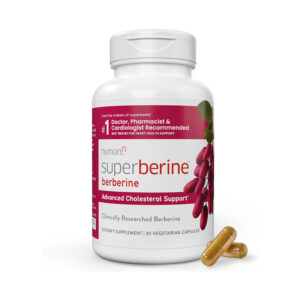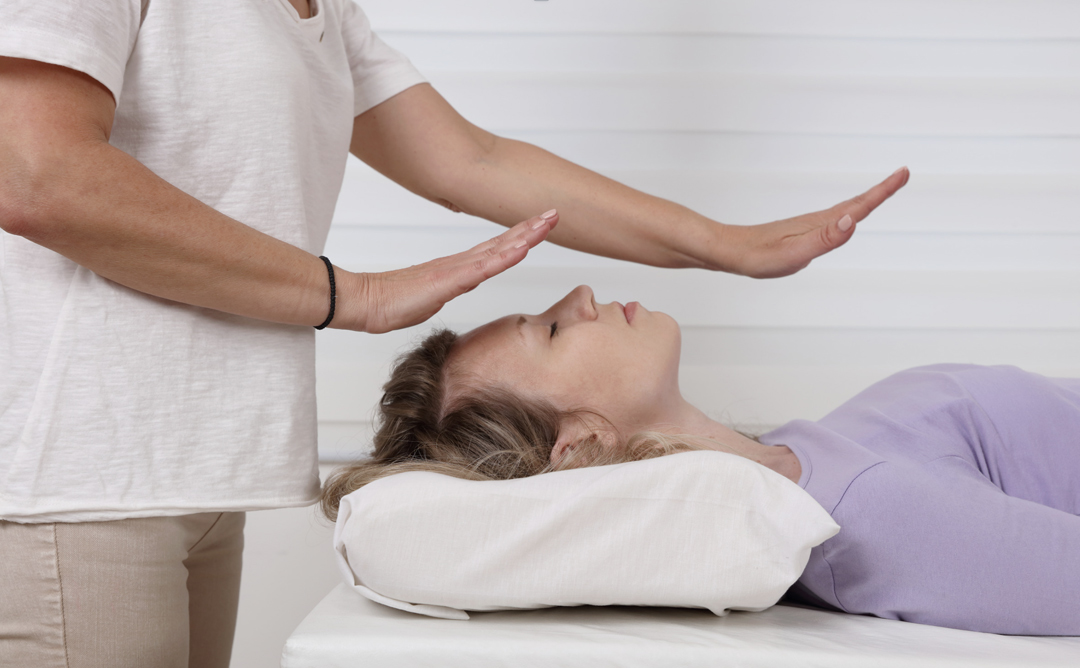
Tapping Away Anxiety

Tapping Away Anxiety: A Natural Approach to Healing
In our fast-paced world, anxiety has become an increasingly common companion for many. The pressures of daily life, work demands, and personal challenges can take a toll on our mental well-being. While there are numerous techniques and therapies available, one natural and increasingly popular method, that I practice myself, is gaining attention: tapping, also known as Emotional Freedom Techniques (EFT). This simple yet effective practice is making waves in the realm of natural healing, offering a holistic approach to anxiety relief.
Understanding Tapping:
Tapping is based on the principles of both ancient Chinese acupressure and modern psychology. By gently tapping specific energy points on the body while focusing on the issue at hand, this practice aims to restore balance to the body’s energy system. EFT is known for its ability to address emotional and psychological problems, making it a powerful tool in managing anxiety.
Benefits of Tapping for Anxiety:
1. Immediate Stress Reduction:
Tapping helps in reducing the production of cortisol, the stress hormone. By calming the body’s stress response, it provides instant relief from acute anxiety, allowing you to regain control over your emotions.
2. Emotional Release:
Anxiety often stems from unresolved emotions. Tapping allows individuals to acknowledge and express these emotions in a safe and controlled manner, promoting emotional release and providing a sense of catharsis.
3. Improved Sleep Quality:
Anxiety can severely impact sleep patterns. Tapping before bedtime can calm the mind, making it easier to fall asleep and stay asleep throughout the night. Better sleep quality leads to improved overall well-being.
4. Enhanced Emotional Resilience:
Regular tapping sessions can strengthen your emotional resilience. By addressing anxieties as they arise, you empower yourself to navigate future challenges with a greater sense of calm and composure.
5. Self-Empowerment:
One of the significant benefits of tapping is that it puts the power to heal in your hands. You can practice tapping anywhere, anytime, making it a convenient and empowering technique for managing anxiety on your own terms.
6. Complements Other Therapies:
Tapping can be used alongside other therapies and treatments. Whether you’re undergoing counseling, medication, or other holistic practices, EFT can complement these approaches, enhancing their effectiveness.
How to Get Started:
1. Learn the Basics:
There are numerous online resources, videos, and tutorials that can guide you through the basics of tapping. Familiarize yourself with the key energy points.
2. Start Small:
Begin with simple, everyday concerns. As you become more comfortable with the technique, you can gradually address deeper emotional issues and anxieties.
3. Consistency is Key:
Like any other practice, consistency is crucial. Aim for regular tapping sessions, especially during stressful periods. The more you practice, the more significant and lasting the benefits will be.
4. Seek Professional Guidance:
If your anxiety is severe or persistent, consider working with a certified EFT practitioner. They can provide personalized guidance and support tailored to your specific needs.
Incorporating tapping into your daily routine could be the natural and holistic solution you’ve been searching for. By embracing this empowering practice, you can tap your way to a calmer, more resilient, and anxiety-free life. Remember, the power to heal is within you – literally at your fingertips.
Disclaimer: We are an affiliate of many companies, which means that we may receive a commission if you click on our affiliate link and make a purchase. However, this does not affect our reviews and comparisons. We strive to provide honest opinions and recommendations based on our own experiences and research. Any product claim, statistic, quote, or other representation about a product or service should be verified with the manufacturer, provider, or party in question.










